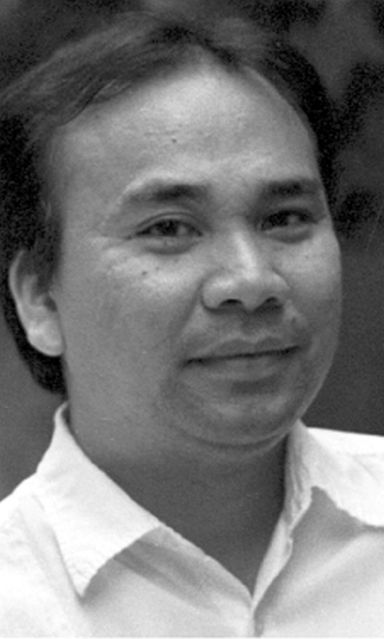In the shadow of death: The kempeitai in Cebu

BERSALES
Last Saturday was the 72nd anniversary of the end of the Pacific War. It’s very telling of how poorly we treat the past that not a single whimper nor cry was heard from government, both local and national.
Or maybe because everyone is now more preoccupied with the present that the past is just too distant, too abstract.
Japan is also a close friend now; many of our compatriots, this writer included, have benefited from post-war Japanese generosity.
And so maybe this is one reason why events that happened seven decades back no longer merit cursory notice to most Filipinos.
But one need not turn the corner to know that humans have never really learned much about the tragedy that always accompanies war.
We are, after all, actually on the brink of possible nuclear annihilation should North Korea decide to really start one.
And so with this in mind, I made sure as head of the University of San Carlos Press that Dr. Romola Ouano Savellon’s latest work “In Death’s Shadow: Stories of Kempeitai Atrocities in Cebu, 1943–45” would be launched on that day.
The venue would have been Cebu Normal University, former headquarters of the Kempeitai, the Japanese Military Police during WWII, but an accreditation visit was going on, which made it difficult to get an available venue on short notice.
Nevertheless, Museo Sugbo, the former provincial prison, was equally appropriate as a number of suspected guerrillas were imprisoned there, at least for those that survived the deadly tortures at the Kempeitai headquarters.
Among those that called the “bartolinas” (isolation cells) of the provincial jail — some of them now housing air-conditioned gift shops and restaurants — was the recently departed Atty. Mario Diez Ortiz and his wife, the late Julita Villacorta. In fact it was in those dreadful circumstances that they first met and later fell in love.
I am a biased source when it comes to Dr. Savellon’s latest book.
And so I will leave it to you dear readers to judge the 181-page volume, which details 16 stories of tragedy as much as of hope from interviews she conducted either of survivors who lived to their ripe old ages like the Ortizes, or the descendants of those who met their end in the hands of the men of Capt.
Tsuruyama, the local Kempeitai head.
Interspersed with the deeply moving stories are photographs of the war as well as those featured in the book, who were tortured and imprisoned at what is now the administration building of CNU.
Dr. Savellon’s work is even more important because she provides for current and future generations a floor plan of the Kempeitai headquarters and which offices of the CNU administration occupy them today.
Sometime in the 1990s, some overzealous person painted over many of the remnants of the tragedy that befell 250 or more Cebuanos who were brought before the Kempeitai at CNU.
Fortunately, it is my understanding that one section of the basement walls still has some scratches, for want of a term, made by one or more of the prisoners who counted their days there, suffering, bloodied, unkempt, thin and emaciated, while awaiting their fate.
The 16 stories featured in the book cover the lives and fates of Gov. Hilario Abellana and his wife, Encarnacion; Jovito Abellana (whose memoirs, “My Moments of War To Remember By” was also published by USC Press in 2011); Eduardo Ouano, the author’s very own father; Marcelina Guanzon-Caballero; Manuel Gotianuy, the honorary Chinese consul; Carmen Rodriguez-Capada; the Villoria brothers Jose and Ildefonso; Restituto Bacalso; Martin Alfafara; Castor Ylaya; Cornelio Decenteceo Lucente; Tomas Abella; Lt. Candelario Sanchez; Capt. Frank Chew; the “eskrimadores” or “bagani” (warriors) of San Nicolas; and the Ortizes.
In the book, Dr. Savellon also provides a list of the Kempeitai prisoners that runs to about 238, including one boy and 27 others whose names escape the present. The hope is that their stories will also be written soon.
* * *
Copies of the book can be purchased initially at USC Museum Shop, at the USC Downtown (former Main) Campus and soon in other museums shops and bookstores. It will also be among books that will be part of the 38th Manila International Book Fair next week at the SMX Convention Center beside the Mall of Asia.
Disclaimer: The comments uploaded on this site do not necessarily represent or reflect the views of management and owner of Cebudailynews. We reserve the right to exclude comments that we deem to be inconsistent with our editorial standards.




